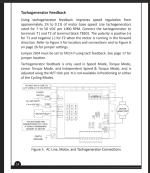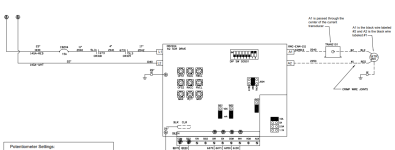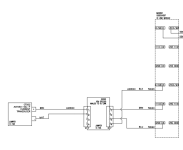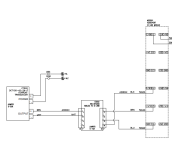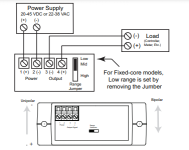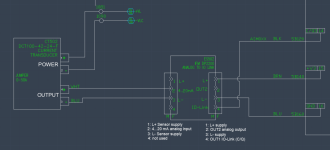Hi all,
I have been working on a project that requires me to measure the current across a 90 VDC motor of a medical device (similar to an elliptical) to distinguish between machine and user work. Currently I have been doing this with an AC current transducer (Automation Direct ACT050-42L-F) and an I/O link analog display for my PLC to read (IFM DP2200). I have been having a very difficult time with data collection/predictive modeling with the given system I have as there is a lot of noise in the data. For example if I start my device I will see a 6.40mA on my analog display. If I leave it running for 10 minutes and check again I will see 5.90 mA. Or if I stop the machine and start it a few hours later without changing any parameters/settings (speed, step length, etc.) then I will see a different reading, hence I have no reliable "baseline" to reference.
I spoke with Automation Direct on recommendations to add to the system design or circuitry to improve this/reduce noise; they believe the current transducer being used may be contributing to the noise due to the sensitivity of the inductance (with temperature, cable jacket, mounting, etc.) as these work like fluke meters. I was recommended to use a current meter or something similar for more sensitive/stable readings.
This brings me to my question, has anyone dealt with a similar issue with their current transducers? Almost all transducers have this style, so does anyone have any recommendations on alternatives? I found this AE001Current sensor with IO-Link (AC current sensors with IO-Link - autosen.com) that is similar but seems to clamp down on the wire and had IO-link so an additional sensor wouldn't be necessary, however I am not sure how much of an improvement this would make. Any advise is greatly appreciated.
I have been working on a project that requires me to measure the current across a 90 VDC motor of a medical device (similar to an elliptical) to distinguish between machine and user work. Currently I have been doing this with an AC current transducer (Automation Direct ACT050-42L-F) and an I/O link analog display for my PLC to read (IFM DP2200). I have been having a very difficult time with data collection/predictive modeling with the given system I have as there is a lot of noise in the data. For example if I start my device I will see a 6.40mA on my analog display. If I leave it running for 10 minutes and check again I will see 5.90 mA. Or if I stop the machine and start it a few hours later without changing any parameters/settings (speed, step length, etc.) then I will see a different reading, hence I have no reliable "baseline" to reference.
I spoke with Automation Direct on recommendations to add to the system design or circuitry to improve this/reduce noise; they believe the current transducer being used may be contributing to the noise due to the sensitivity of the inductance (with temperature, cable jacket, mounting, etc.) as these work like fluke meters. I was recommended to use a current meter or something similar for more sensitive/stable readings.
This brings me to my question, has anyone dealt with a similar issue with their current transducers? Almost all transducers have this style, so does anyone have any recommendations on alternatives? I found this AE001Current sensor with IO-Link (AC current sensors with IO-Link - autosen.com) that is similar but seems to clamp down on the wire and had IO-link so an additional sensor wouldn't be necessary, however I am not sure how much of an improvement this would make. Any advise is greatly appreciated.




